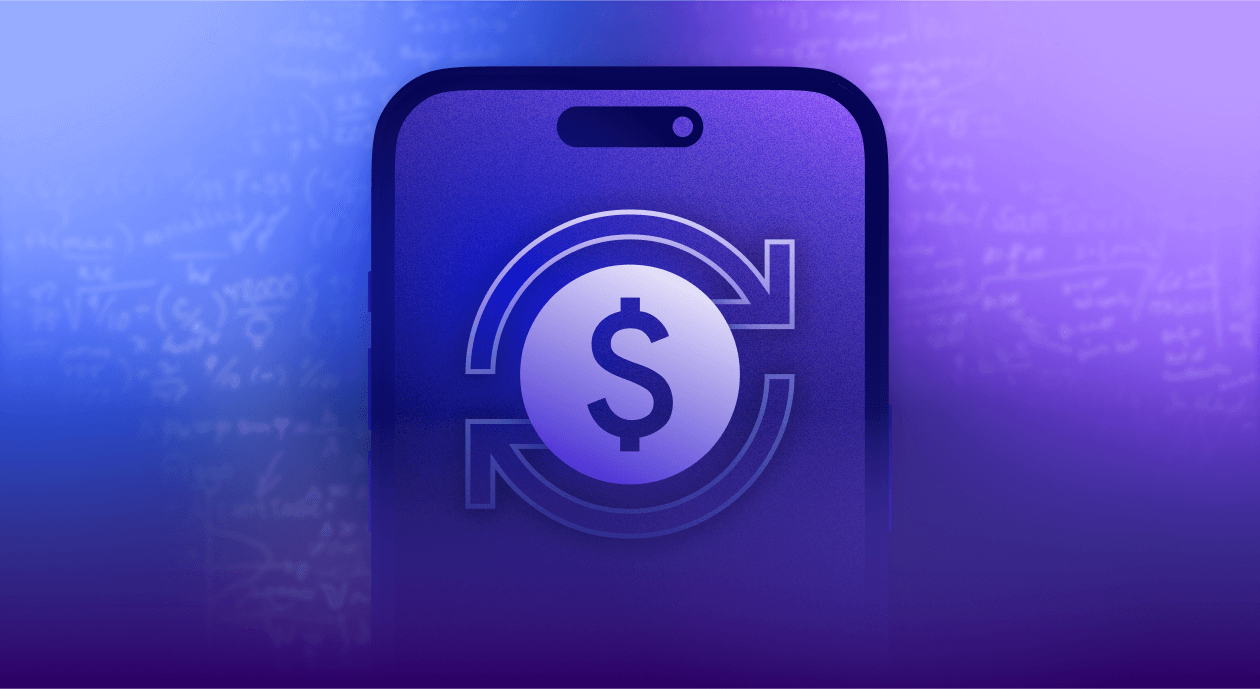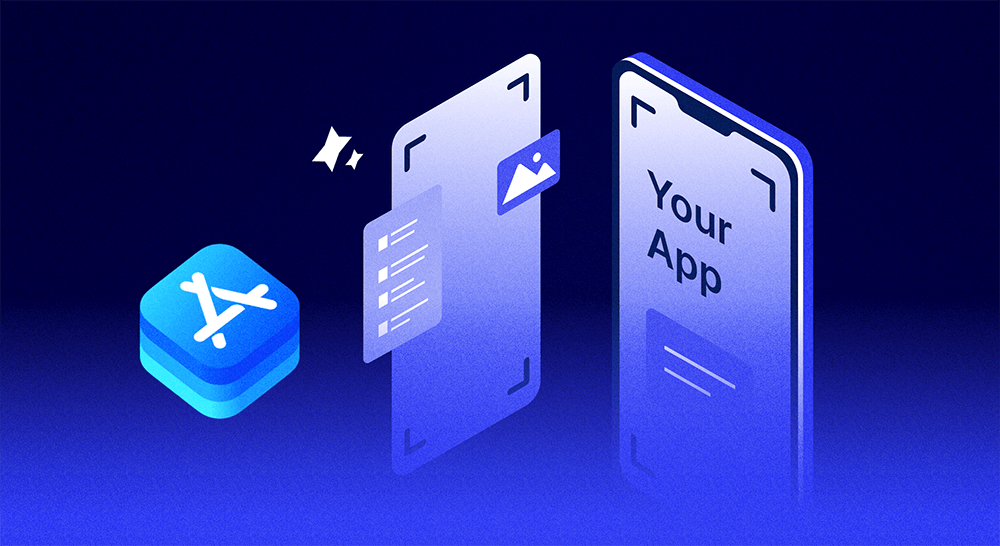Customer awareness, customer engagement, monetization – here is the base the sales funnel is built on. But this is just a general plan. If you develop and promote a subscription app, then we are talking about seven or more stages. Let’s figure out how to create a funnel for this kind of mobile service and how to evaluate its effectiveness at each stage.
What does the sales funnel look like?
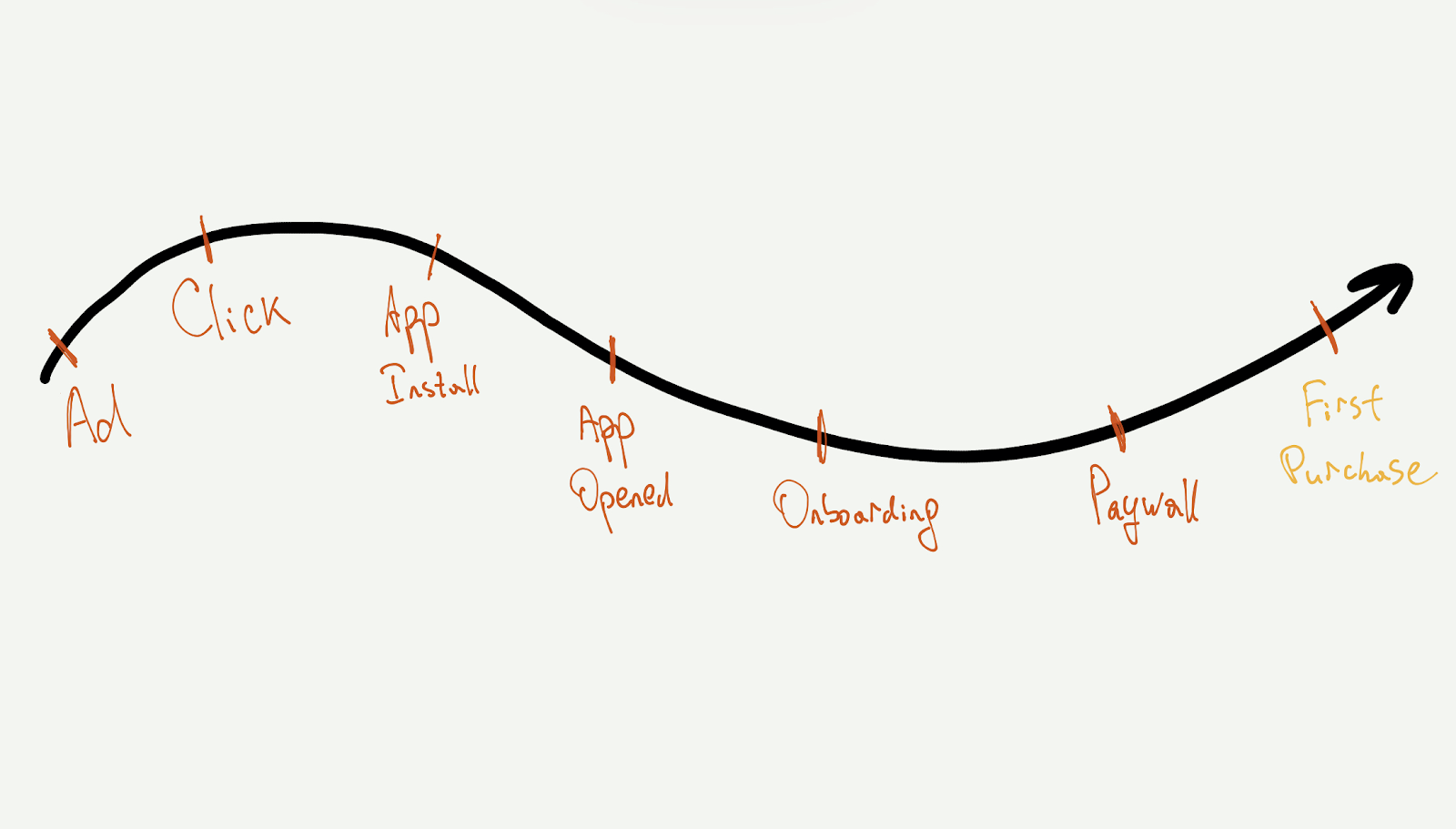
To create the funnel, imagine the user path of your potential subscriber.
First of all, the user sees the advertisement of your app and starts to be aware of it. That’s why it is important to launch the campaign correctly, according to your KPI, and reach the target audience as much as you can. Without taking the organic traffic into account, those who have seen the ads will supply the app monetization at the lower part of the funnel.
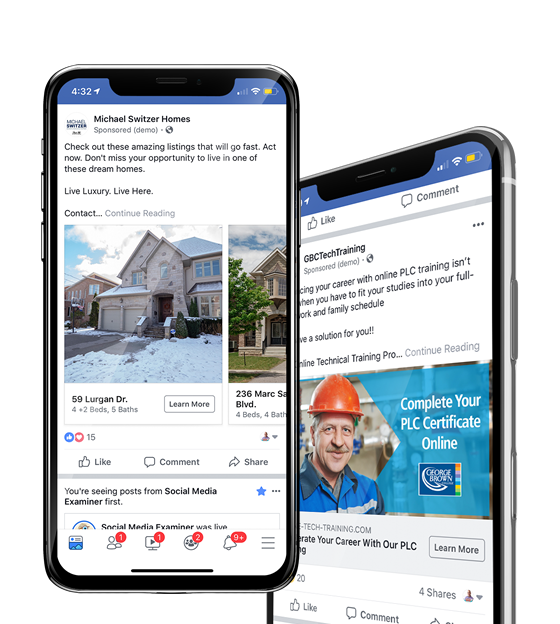
If the advertisement was targeted on the needed users, then there’s a better chance of clicking on the advertisement and redirecting to the App Store. At this stage, you can see the first conversions – this is an indicator of how your users pass the funnel. Although the click itself doesn’t mean anything, it brings the audience to the next stage.
After looking through the info at the App Store, the user makes the decisions about installing it. The conversion from clicking to installing shows an interest in the product, not only advertising appeal.
If the person opens the app, then he is ready to use it. It’s also important to take into account that iOS developers learn about the fact of installing only when the app is opened.
At the next funnel stage, the user sees the free content and options of the app. The rest is hidden by a paywall and is available only with a paid subscription. At this moment, the user explores the content and decides if he needs more.
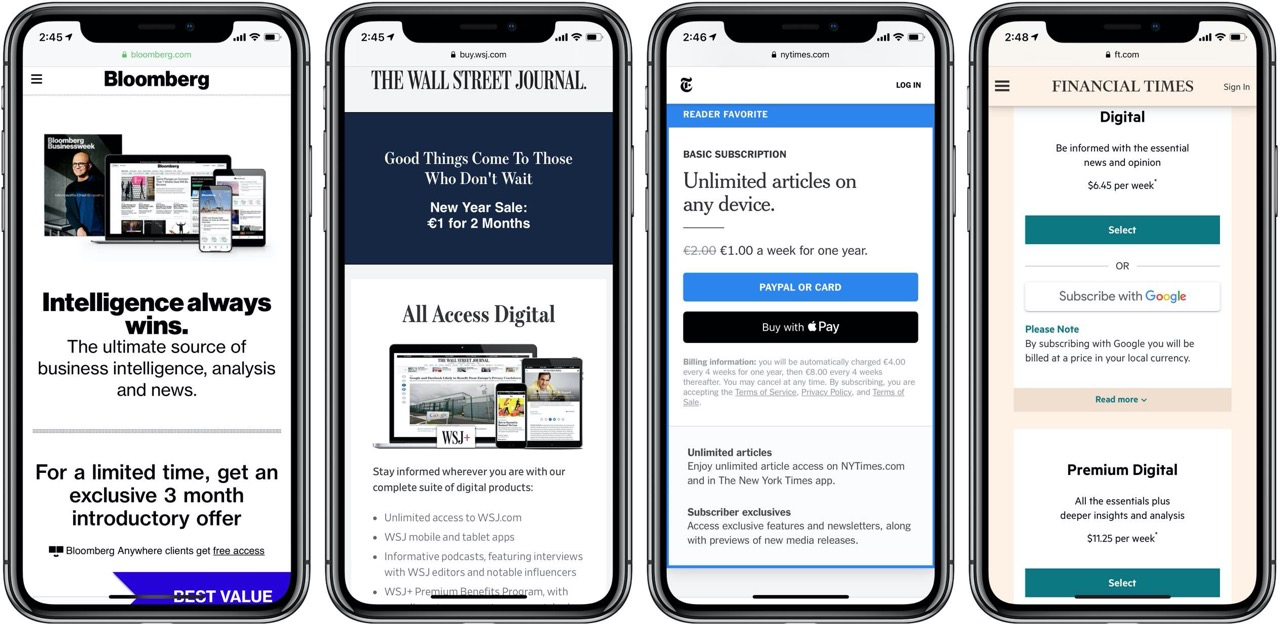
If he likes everything, but still has doubts about payments, he activates a trial subscription. It is a free subscription that provides access to paid content for a certain period of time.
As soon as the deadline expires, the user can cancel the subscription so that the app wouldn’t withdraw money for further use. If he does not, then your application has attracted him. This is the step where the monetization begins. The first charge for a subscription, or the first purchase, takes place.
The one who makes a second purchase and further purchases, or continues to pay for the subscription, is a loyal user.
To sum up, the sales funnel in the subscription business consists of the following stages: showing ads, clicking, installing, opening, paywall, trial period, first purchase, second purchase… Your goal as the app creator is to turn an ordinary user into a paying subscriber and keep him in this status as long as possible. If you succeed, then the funnel can be considered working.
What needs to be fixed
However, building an ideal scheme does not work right away; all the steps need to be checked. To check them, track the conversions – this is an indicator of how your users pass all the funnel or just certain stages. The conversion rate is the percentage of users who completed the desired action from the whole number of users at any stage.
For example, 500 people installed your app, and 50 of them activated the trial period. In this case, the conversion is calculated as:
50/500 = 0.1, or 10%
Of course, you can have several targeted actions — for each of them, the conversion rate will be calculated separately using the same formula. It’s important to remember that the conversion rate refers only to the number of users, not actions, because the same person can perform the same action several times, e.g. an install.
The conversion rate is not the only thing worth focusing on. Firstly, pay attention to the absolute scores, or the number of users at the funnel stages. If you attracted fewer users than you expected from the very beginning, then even a high conversion rate won’t help to achieve the desired number of paying subscribers. Secondly, keep tracking the churn rate, that is, the percentage of unsubscribing users your app. It’s calculated the following way:
Number of unsubscribing users at the end of the period / Total number of users at the beginning of the period * 100%
To evaluate the churn rate in general, calculate the conversion from install to churn using this formula. If the churn rate is high, then perhaps you have attracted the wrong audience or the attraction was insufficient. But in order to understand what could have gone wrong and how to adjust the sales funnel, let’s return to its beginning – to user attraction.
How to estimate the paid traffic effectiveness
Today the most suitable way to increase the conversion of the funnel is to buy targeted mobile traffic from social networks, e.g. Facebook and Instagram. It is effective especially in the subscription business, in which you expect the targeted actions and constant purchases from users. With detailed settings of the campaign, including geodata, age, interests, and other audience indicators, you have a chance to get not only a click and install but also the desired action In case of subscription app for iPhone it can be the first purchase.
However, launching a good campaign is just the first step to monetization. As an app creator and marketer, you should determine the traffic effectiveness.
The quality of the traffic is shown by its costs and by the return on investment in your campaign. It’s not enough to calculate user acquisition cost for mobile apps – you need to take into account the nuances of the subscription business.
For the last one, the most important metric is CPA (cost per action), because it refers to the target actions. It is calculated as:
The total cost of сampaign / Number of actions
For example, a marketer launched advertising for 5000 Facebook users, each of them cost $1, so the price of advertising is $5,000. Among these users, 100 people reached the trial period. The cost of the trial, in this case, is $50. At first glance, this is too much. But it’s worthwhile to follow further. Perhaps, these people would provide further conversions: they’d make multiple purchases in the app and in the end bring $15,000 in a few months. That means that the app creators need to stock up the historical data and time, at least for six months. Over time, the predictive analytics will begin to work better: you can not be afraid to invest more money in traffic if you know that it pays off. But at the early stages, you can face the inertness of CPA counting.
As the target action needs time, check two other important metrics that: CPI (cost per install) and CPC (cost per click). They are less accurate than CPA, but they can help you track how well the campaigns work from the start. So, in case you track the CPI — how to calculate it?
Cost of ad spend / Number of new installs from the ad
On the one hand, if the installation cost is high, then this is an occasion to review something in your advertising campaign. On the other hand, this ad could attract a paying audience, which rarely clicks on ads, but if it clicks, it goes through all the funnel stages and makes purchases for several times. So, high CPI does not mean that the CPA will necessarily be low. Here you also need to stock up time and historical data about users.
What is really worth avoiding when promoting an iOS application is the high cost per click. The formula for this metric is:
The total cost of advertising / Number of clicks
These metrics reflect the primary interest in your app. Accordingly, a high CPC means a reduced interest of the users you targeted. However, in the subscription business, CPC is less important than CPA and CPI. It shows how the audience moves through advertising to the app page in the App Store, but many of these users may not even install your app.
These are the metrics that measure traffic performance. There is also one of the most important questions in all monetization strategies for mobile apps: how successful the campaign was in general and how to build a promotion strategy further. To estimate this, track the ROI – the return of investment.
(Revenue – Marketing budget) / Marketing budget *100%
For subscription app, it refers to revenue from subscribers who made the first purchase after the end of the campaign. Imagine that you spent a total of $1,000 on advertising and earned $1,500. In this case, the ROI will be 50%.
Of course, if the ROI is only 1%, it means that your subscription app business is not unprofitable. But in the long term, good ROI is considered to be 20%. If this (and better) goal is achieved with minimal advertising spend, it will be possible to say that the funnel works well not only in the upper stages of attraction but also on the stages of monetization: purchase 1, purchase 2, etc.
Take your time with ROI
So, the subscription app funnel has its own specifics. And they’re easy to understand if you put yourself in the shoes of a customer — a potential or current subscriber. Why is he ready to stay with you until the third write-off and longer? Or what makes the user when he decides to refuse a paid subscription after the end of the trial? If you have not yet begun to look for answers to these questions, then you only have to increase the conversion rate.
Begin to increase it literally from the start, from user engagement. Keep tracking of where the users come from and what activity they show. So you can understand what remains to be adjusted in the ad campaign and whether a certain stage of the funnel is “weak”.
And of course, when analyzing the effectiveness of your marketing, do not rush to radically change it if CPI or CPA are expensive. From the very first stages, build the sales funnel in cold blood, be patient, take your time and keep audience data. And may the high ROI be with you!



